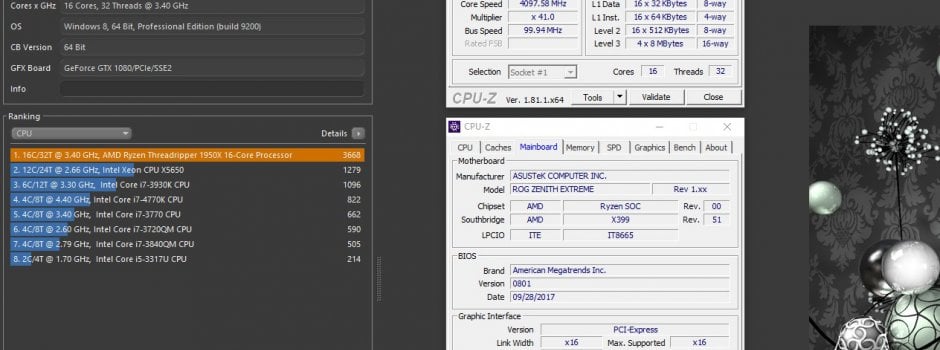

The great thing for those planning to go with a gaming GPU for workstation use is that where rendering is concerned, the performance between gaming and workstation cards is going to be largely equivalent. It seems likely that Chaos Group's V-Ray is going to be one of the first plugins to hit the market that will support NVIDIA's RTX, though Redshift, Octane, Arnold, Renderman, and many others have planned support. That excludes deep-learning tests which can benefit from the Tensor cores, but for optimizations derived from the RT core, we're still waiting.

Though NVIDIA's Quadro RTX lineup has been available for a few months, review samples have been slow to escape the grasp of NVIDIA, and if we had to guess why, it's likely due to the fact that few software solutions are available that can take advantage of the features right now.

We have GPU benchmarks for video editing (Adobe Premiere), 3D modeling and rendering (Blender, V-Ray, 3ds Max, Maya), AutoCAD, SolidWorks, Redshift, Octane Bench, and more. RTX or GTX cards, for instance, and WX vs. Or, in the very least, we'll figure out how AMD differs from NVIDIA, and how the gaming cards differ from the workstation counterparts. In this content, we're going to be taking a look at current workstation GPU performance across a range of tests to figure out if there is such thing as a champion among them all. Those gains and losses could be chalked up to architecture, drivers, and also whether or not we're dealing with a true workstation GPU versus a gaming GPU trying to fill-in for workstation purposes. While games typically scale reliably from one to the next, applications can deliver wildly varying performance. Finding the “best" workstation GPU isn't as straight-forward as finding the best case, best gaming CPU, or best gaming GPU.


 0 kommentar(er)
0 kommentar(er)
